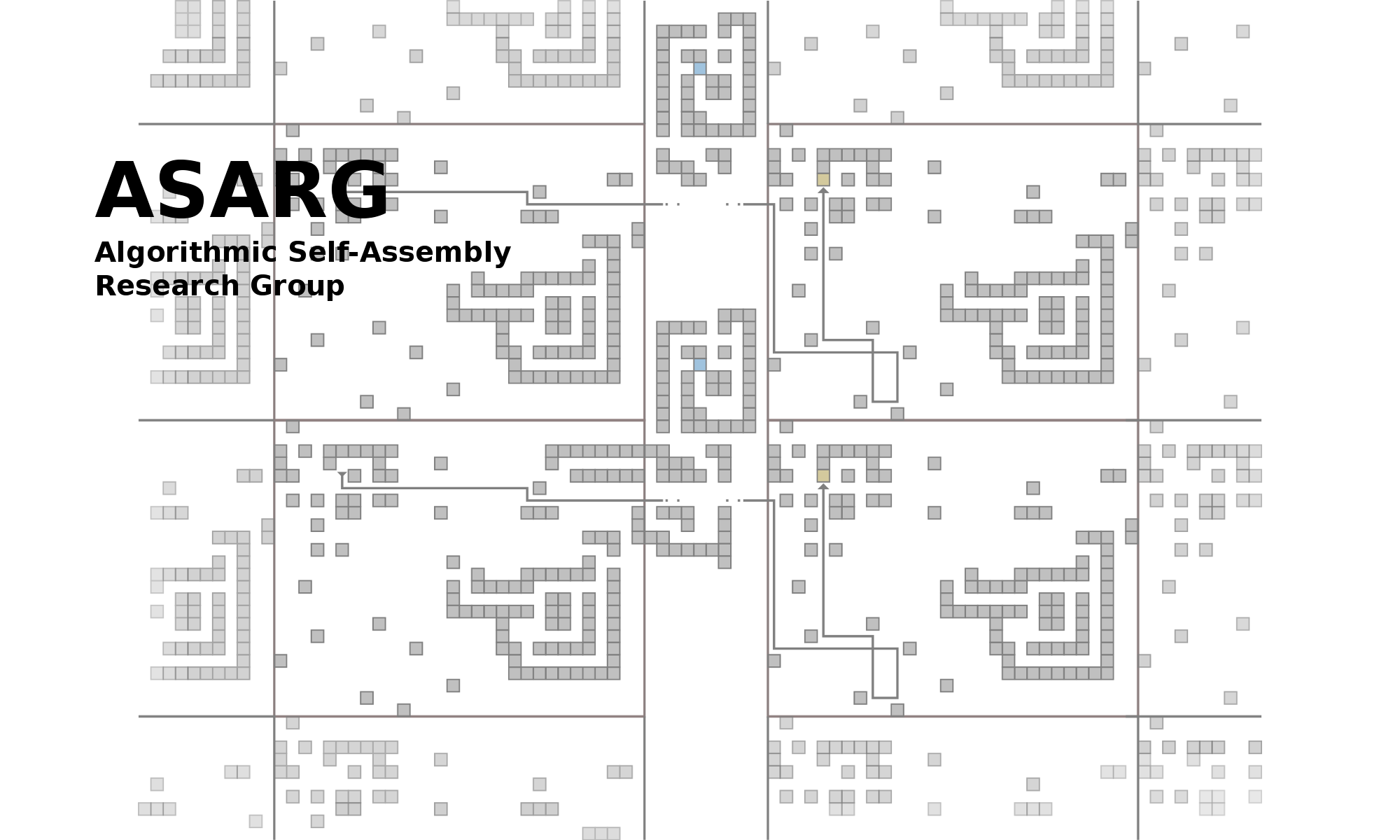Title: Discrete Planar Map Matching
Authors: Bin Fu, Robert Schweller, Tim Wylie
Conference: The 31st Canadian Conference on Computational Geometry (CCCG’19)
Abstract:
Route reconstruction is an important application for Geographic Information Systems (GIS) that rely heavily upon GPS data and other location data from IoT devices. Many of these techniques rely on geometric methods involving the Frechet distance to compare curve similarity. The goal of reconstruction, or map matching, is to find the most similar path within a given graph to a given input curve, which is often only approximate location data. This process can be approximated by sampling the curves and using the discrete Frechet distance. Due to power and coverage constraints, the GPS data itself may be sparse causing improper constraints along the edges during the reconstruction if only the continuous Frechet distance is used. Here, we look at two variations of discrete map matching: one constraining the walk length and the other limiting the number of vertices visited in the graph. We give an efficient algorithm to solve one and prove the other is NP-complete and the minimization version is APX-hard while also giving a parameterized algorithm to solve the problem.

